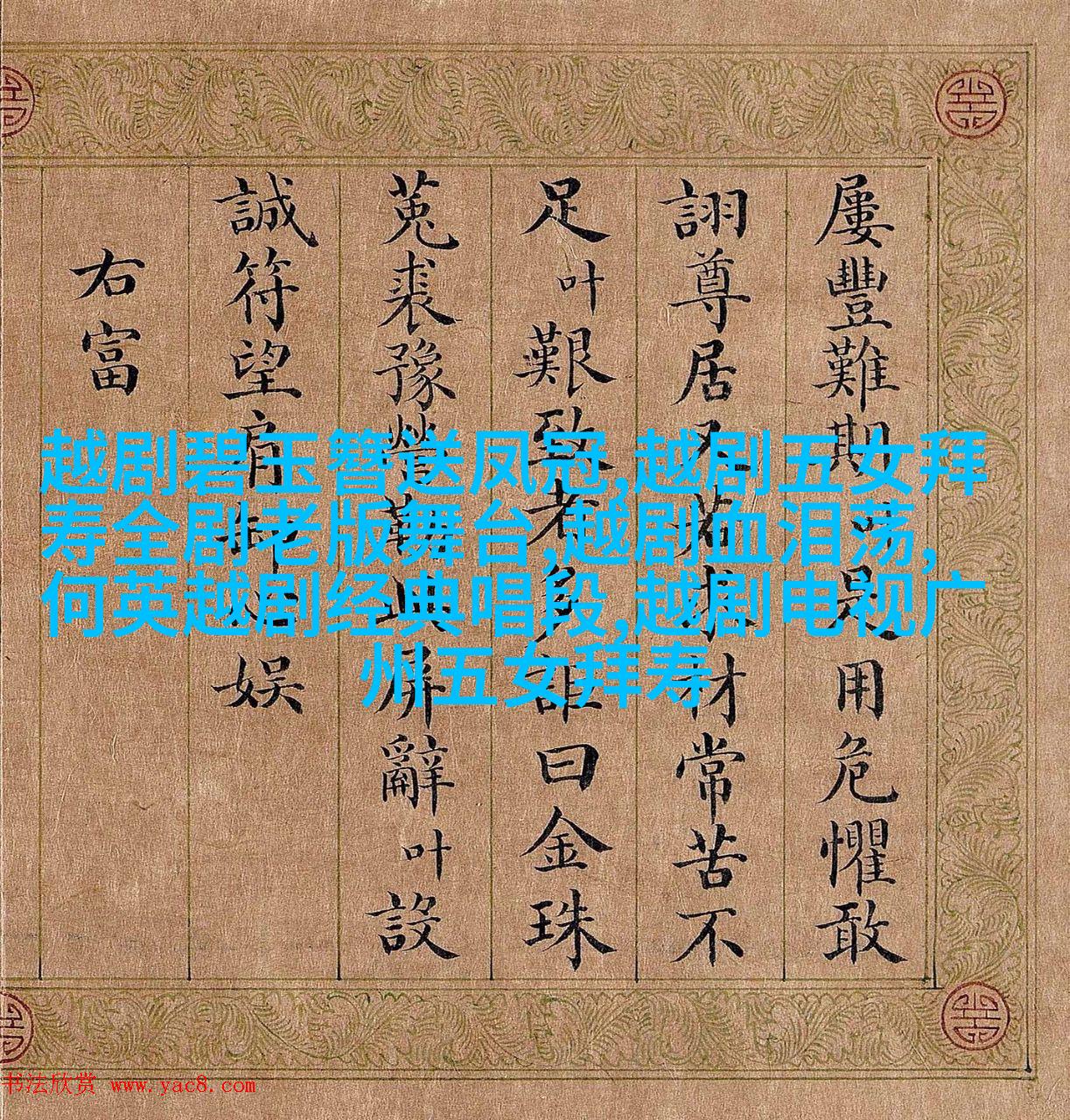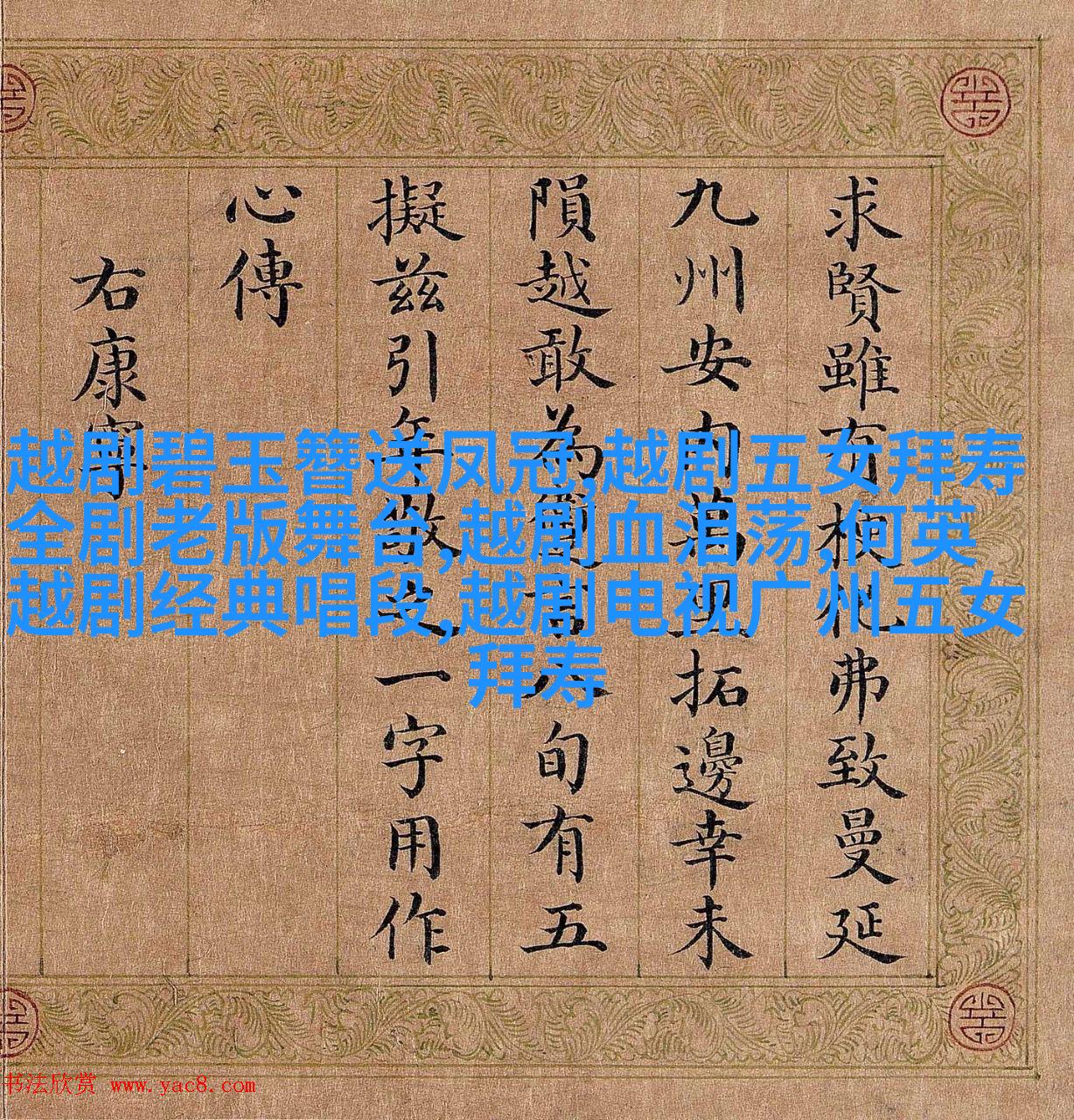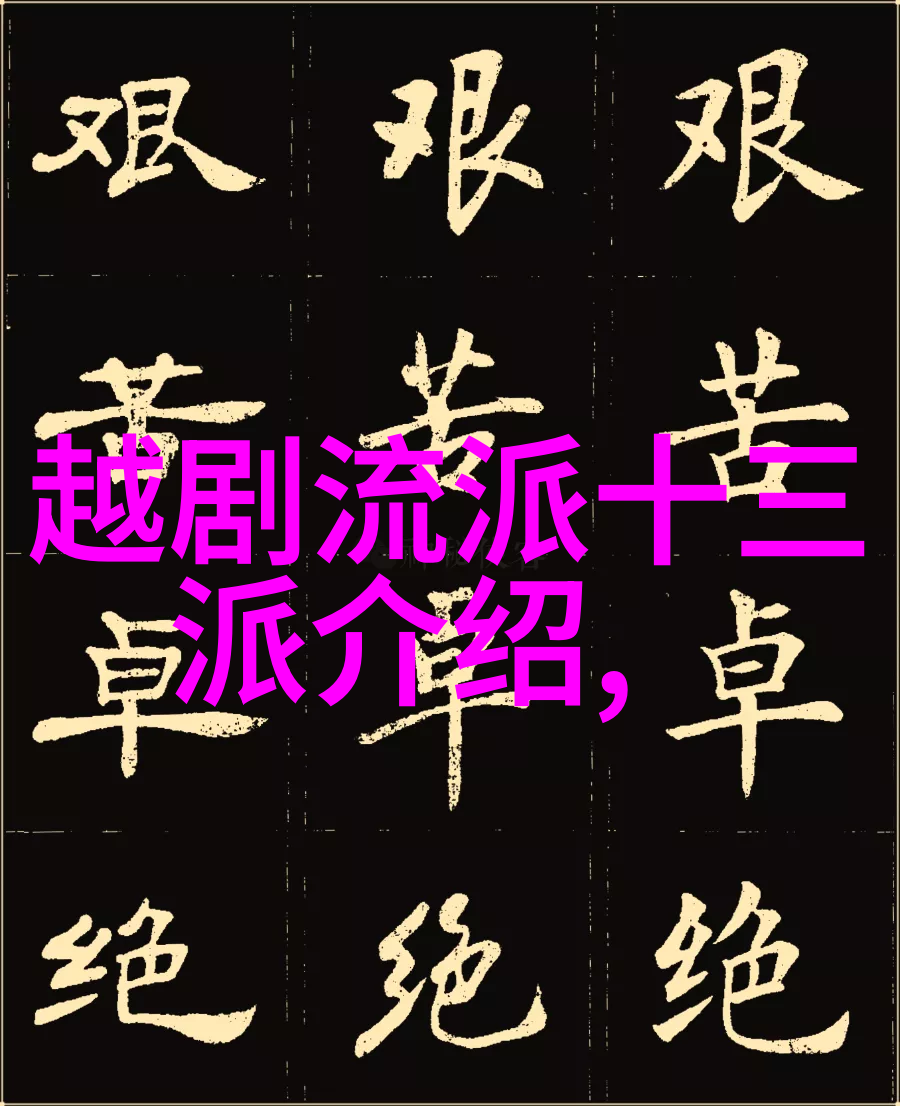在中国传统戏曲中,越剧是江南水乡的独特之作,其深厚的文化底蕴和丰富的情感表达,使其在世界各地都赢得了广泛的赞誉。其中,以“章瑞虹”为代表的一批年轻演员,在继承传统技艺的同时,也不断探索新风格,为越剧注入新的活力。以下,我们将详细分析章瑞宏如何通过情感表达与技巧融合,让她的每一个动作、每一句台词都成为观众难忘的经典。

1.1 越剧简介
首先,我们需要了解越剧作为一种艺术形式,它源自明清时期浙江绍兴地区,是由京剧、昆曲等多种艺术形式相结合而成。在这个过程中,演员不仅要具备出色的歌唱、舞蹈以及武术技能,还要有深厚的人文素养和对戏曲文化的精通。

1.2 章瑞宏个人背景
章瑞宏,出生于浙江绍兴,是一位杰出的越剧演员。她从小就被这门艺术所吸引,并且在家人的支持下开始了自己的学习旅程。她接受的是系统化的培训,不仅包括专业技能训练,还有对古典文学和历史知识的深入研究,这些都是她后来能以高超技艺展现出的重要基础。

2.0 情感表达
对于任何一种戏曲来说,情感是核心,因为它能够触动观众的心灵,让人产生共鸣。章瑞宏正是在这一点上做出了突破,她通过对角色内心世界细腻刻画,用身体语言和声音来表现人物的情绪变化,从而让观众沉醉其中。

2.1 内心世界描绘
她能把握住角色的心理状态,无论是悲痛欲绝还是喜悦满怀,她总能用最恰当的情境来体现这些复杂的情绪。这不仅需要极强的地道感情,更需要高度的心理敏锐度和丰富的人生经验。例如,在扮演《西施记》中的西施时,她捕捉到了西施那种幽怨又坚韧不拔的心态,以及她那美丽却孤寂的一生,这样的形象让人印象深刻。

2.2 身体语言与声调
除了内心世界描绘之外,身体语言也是非常关键的一环。在她的许多作品中,可以看到她运用的各种手势、眼神交流等,都充满了生活气息,使得整个舞台上的氛围变得更加真实可信。而她的声音也同样具有很高的声音质量,无论是在高潮或低谷处,都能够准确地传递出人物的情感变化,从而使观众感到亲切自然。
3.0 技巧融合
技术方面,也是章瑞虹的一个亮点。她结合了一系列古老的手法,如“四声八调”,并将它们现代化处理,使其更加符合现代人的审美趣味。此外,她还会根据不同的角色的特性选择不同的饰品或者服装设计,以此来增强角色形象,对于提升整场戏的大气层次起到不可忽视作用。
4.0 结语
总结起来,chaptering the chapter of Chapter Xue Hong's artistic journey, we can see that she has not only inherited the rich cultural heritage of Yue Opera but also continuously explored new ways to express emotions and techniques in her performances, which have made her a shining star in the field of traditional Chinese theater.
In conclusion, through this analysis, we have seen how Chapter Xue Hong has successfully integrated emotion expression with technique fusion in her works as a Yue Opera performer, making her a true embodiment of both tradition and innovation within the world of Chinese arts.
This article is an attempt to provide readers with an understanding of Chapter Xue Hong's unique approach towards performing Yue Opera and highlights how she uses various techniques to bring characters alive on stage while maintaining their historical authenticity.
Through examining some key aspects such as emotional portrayal through vocal expressions and physical gestures; combined use of traditional skills like "four tones" or "eight pitches"; selection appropriate props or costumes for different roles; it becomes clear that Chapter Xue Hong's performance style embodies both continuity with past traditions while simultaneously pushing boundaries by introducing fresh elements into classic plays.
Chapter Xue Hong's success lies not only in capturing audience attention but also inspiring others who are interested in pursuing careers related to traditional Chinese arts – whether they be performers or enthusiasts alike – by showcasing what dedication and hard work can achieve when combined with passion for one’s craft.
In essence then, this article serves as an ode to chaptering chapter xue hong - celebrating not just another talented artist but one whose contributions will undoubtedly leave lasting impacts on future generations seeking inspiration from our nation’s rich theatrical history."


